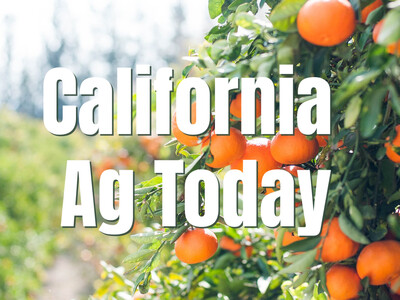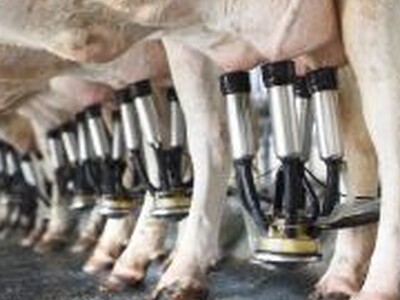Silage Science
Custom harvesters assist growers across the country traveling from one end to the other during harvest season to bring the grain crops in. But as Raph Jolliffe of U.S. Custom Harvesters points out, more in his profession are also harvesting forage and silage for customers even though this practice is nothing new: "The organization as a whole has had forage members for many years.Jolliffe says, in fact, custom harvesting of forage and silage is almost a year round activity in its own right. "There's guys in Arizona that are literally running ten or eleven months out of the year. Any member can be running at any point in time. Anything can be harvested for forage. I mean, you've got your alfalfas, the things we typically think of are corn silage or sorghum silage."
Even harvesting and chopping corn stalks, which is then mixed in with distillers grain by some producers to supplement livestock feed. "If it'll chop, if it'll feed, if it'll produce for America, why aren't we doing it."
Dr. Wayne Coblentz who is a research agronomist and dairy scientist with the US Dairy Forage Research Center. When it comes to storing forages, he has some fundamental rules: The lower moisture levels of baleage itself will restrict fermentation. Usually the drier the material gets, the more you restrict fermentation. With baled silage you don't get any chopping action, so the sugars that are inside the plant, which are the substrate for fermentation, must diffuse and come in contact with the lactic acid producing bacteria that are adhered to the outside of the plant; this further restricts fermentation. Ideally you want to establish conditions in each bale where desirable micro-organisms proliferate, specifically lactic acid producing bacteria.














